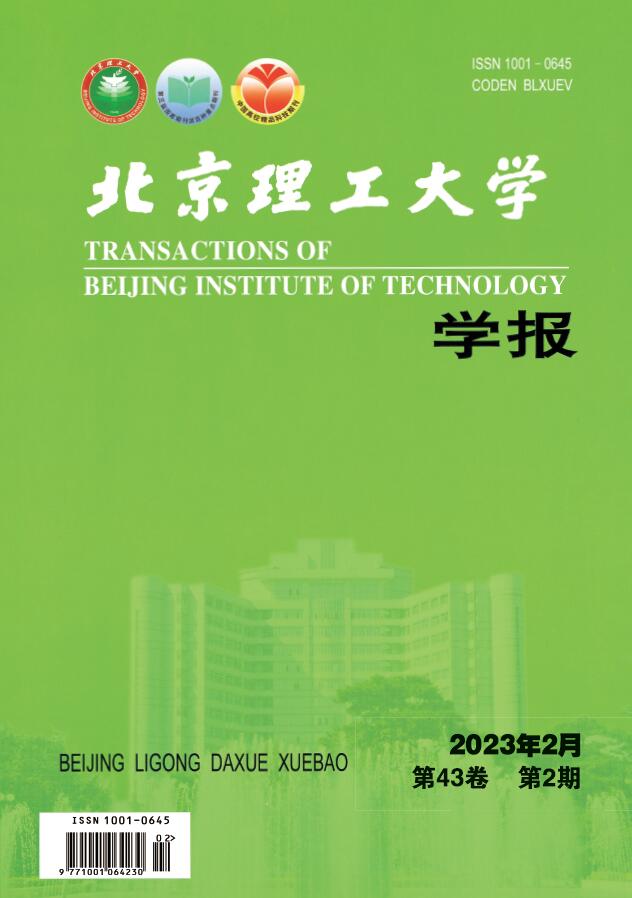2022 Vol. 42, No. 11
Display Method:
2022, 42(11): 1105-1126.
doi:10.15918/j.tbit1001-0645.2021.363
Abstract:
2022, 42(11): 1127-1135.
doi:10.15918/j.tbit1001-0645.2021.346
Abstract:
2022, 42(11): 1136-1143.
doi:10.15918/j.tbit1001-0645.2021.345
Abstract:
2022, 42(11): 1144-1149.
doi:10.15918/j.tbit1001-0645.2021.318
Abstract:
2022, 42(11): 1150-1158.
doi:10.15918/j.tbit1001-0645.2021.352
Abstract:
2022, 42(11): 1159-1166.
doi:10.15918/j.tbit1001-0645.2021.339
Abstract:
2022, 42(11): 1167-1174.
doi:10.15918/j.tbit1001-0645.2021.350
Abstract:
2022, 42(11): 1175-1183.
doi:10.15918/j.tbit1001-0645.2021.311
Abstract:
2022, 42(11): 1184-1190.
doi:10.15918/j.tbit1001-0645.2021.336
Abstract:
2022, 42(11): 1191-1199.
doi:10.15918/j.tbit1001-0645.2021.351
Abstract:
2022, 42(11): 1200-1206.
doi:10.15918/j.tbit1001-0645.2021.320
Abstract:
2022, 42(11): 1207-1212.
doi:10.15918/j.tbit1001-0645.2021.342
Abstract:
2022, 42(11): 1213-1218.
doi:10.15918/j.tbit1001-0645.2022.075
Abstract:


